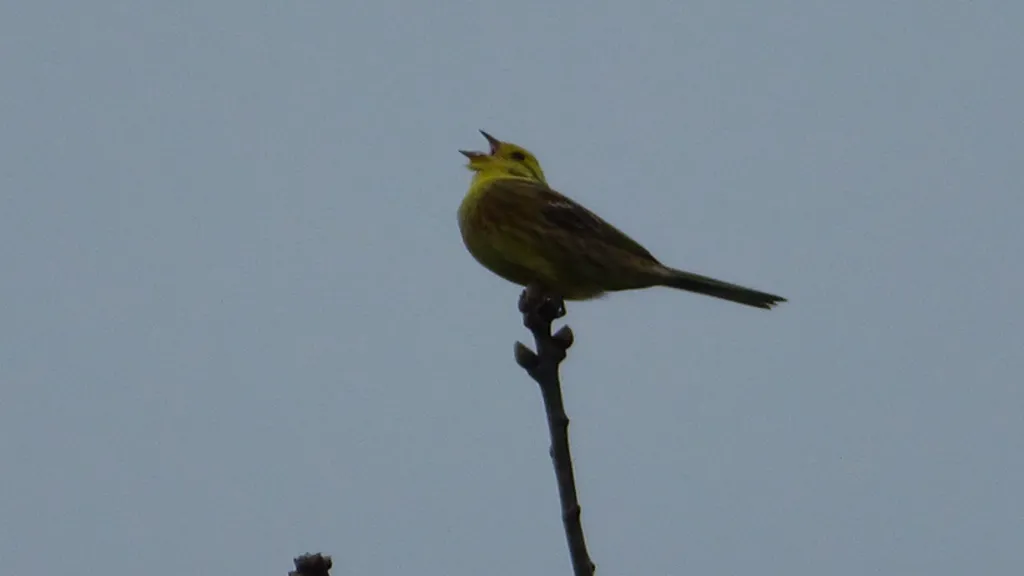Rare Wildlife Returns to Cheshire Reserve Following Major Biodiversity Boost
A surge in rare wildlife sightings has followed a successful habitat restoration effort at a nature reserve near Crewe, Cheshire.
Natural England has reported a remarkable resurgence in biodiversity at Wybunbury Moss after leasing adjacent farmland from the Church Commissioners for England in September 2023. The initiative aimed to improve local ecosystems by ending fertilizer use, reintroducing livestock grazing, and reviving traditional hedgerows.

Since the project began, 169 species have been documented on the land—among them several rare or locally threatened animals, such as the red-girdled mining bee, yellowhammer, brown hare, and soprano pipistrelle bat.
A spokesperson for Natural England described the ecological transformation as having “exceeded expectations,” crediting efforts to reduce nutrient runoff and restore natural balance at the site. These improvements are especially significant given that Wybunbury Moss is one of only three known floating peat bogs in the UK—a rare wetland type formed by land subsidence and characterized by a thick mat of peat floating on water.
Zara Gower of the Church Commissioners praised the collaboration, stating, “The rapid return of rare and threatened species demonstrates the value of this partnership approach to land management. We’re thrilled by the remarkable gains in biodiversity.”
Wybunbury Moss and its surrounding habitats—woodland, reed swamp, and meadow—cover approximately 16.5 hectares (41 acres), making it one of England’s most distinctive national nature reserves. Originally designated in 1955, the protected area has expanded through additional land acquisitions between 1957 and 2009.
Natural England’s success at Wybunbury is now being seen as a model for similar restoration efforts across the country, with hopes that nature, once given the space, can continue to rebound quickly.
